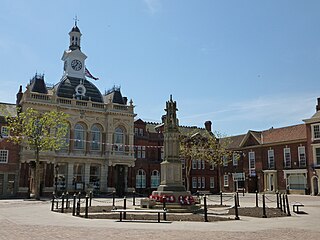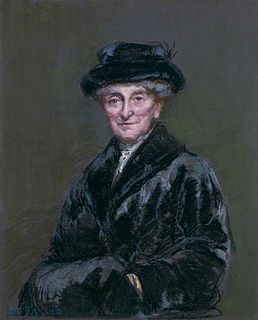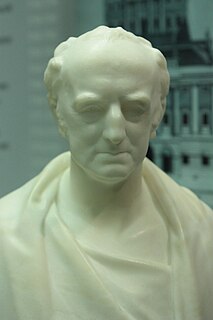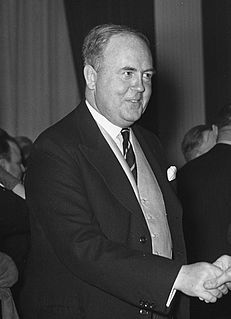| Ranby | |
|---|---|
 Ranby Church | |
| District | |
| Shire county | |
| Region | |
| Country | England |
| Sovereign state | United Kingdom |
| Post town | RETFORD |
| Postcode district | DN22 |
| Dialling code | 01777 |
| Police | Nottinghamshire |
| Fire | Nottinghamshire |
| Ambulance | East Midlands |
| EU Parliament | East Midlands |
| UK Parliament |
|
Ranby is a small village in the north of Nottinghamshire, next to the Chesterfield Canal and adjacent to the A1. It is in the civil parish of Babworth. It is known for its two schools, the prep school Worksop College Preparatory School (formerly Ranby House) and the primary school Ranby Primary School, and the nearby church All Saints Babworth. [1]

Nottinghamshire is a county in the East Midlands region of England, bordering South Yorkshire to the north-west, Lincolnshire to the east, Leicestershire to the south, and Derbyshire to the west. The traditional county town is Nottingham, though the county council is based at County Hall in West Bridgford in the borough of Rushcliffe, at a site facing Nottingham over the River Trent.

The Chesterfield Canal is a narrow canal in the East Midlands of England and it is known locally as 'Cuckoo Dyke'. It was one of the last of the canals designed by James Brindley, who died while it was being constructed. It was opened in 1777 and ran for 46 miles (74 km) from the River Trent at West Stockwith, Nottinghamshire to Chesterfield, Derbyshire, passing through the Norwood Tunnel at Kiveton Park, at the time one of the longest tunnels on the British canal system. The canal was built to export coal, limestone, and lead from Derbyshire, iron from Chesterfield, and corn, deals, timber, groceries and general merchandise into Derbyshire. The stone for the Palace of Westminster was quarried in North Anston, Rotherham, and transported via the canal.

The A1 is the longest numbered road in the UK, at 410 miles (660 km). It connects London, the capital of England, with Edinburgh, the capital of Scotland. It passes through or near North London, Hatfield, Welwyn Garden City, Stevenage, Baldock, Letchworth Garden City, Huntingdon, Peterborough, Stamford, Grantham, Newark-on-Trent, Retford, Doncaster, York, Ripon, Darlington, Durham, Sunderland, Gateshead, Newcastle upon Tyne, Alnwick and Berwick-upon-Tweed.
Contents
Ranby Prison is located on the A620 to Retford. The Prison has been updated over the last 5 years and houses an increasing number of inmates.

Retford is a market town in Nottinghamshire in the East Midlands of England, 31 miles (50 km) from Nottingham, and 23 miles (37 km) west of Lincoln. The population at the 2011 census was 22,013. The town is in the valley of the River Idle and the Chesterfield Canal passes through the centre. The village of Ordsall, west of the River Idle and the East Coast Main Line railway, and the former hamlet of Thrumpton are suburbs. Retford is administered by Bassetlaw District Council, which itself is now a non-constituent partner member of the Sheffield City Region Combined Authority. Retford is twinned with Pfungstadt, Germany.
Nearby stood Morton Hall that was built for William Mason J.P. in the 1860s. His children included Agnes Mason, Harriet Mason and Arthur James Mason. The hall was demolished in 1946. [2] The grounds of the hall contained a "Money Stone". The one metre high stone commemorates a hoard found in 1802 containing 621 Roman copper and silver coins. The 1802 stone is now listed. [3]
Agnes Mason was a British nun.

Harriet Mason or Marianne Harriet Mason; Marianne H. Mason was a song collector, botanical illustrator, plant collector, poor-law inspector, author.

Arthur James Mason was an English clergyman, theologian and classical scholar. He was Lady Margaret's Professor of Divinity, Master of Pembroke College, Cambridge, and Vice-Chancellor of the University of Cambridge.








